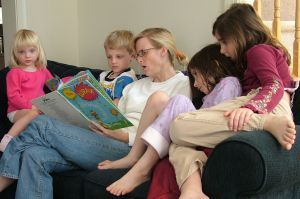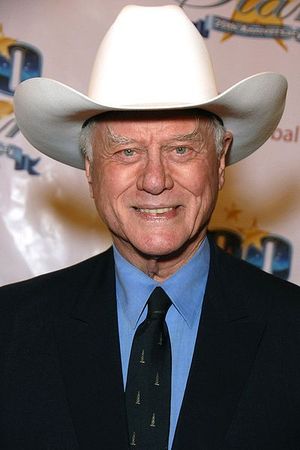I think of Dr. Seuss as kind of a modern day Socrates. We who read his stories are his disciples. We’ve discovered in education over the past decades that Dr. Seuss is not just for children. It can be argued that Seuss books need to be read by adults, particularly law-makers and government officials. PBS created a blog asking viewers and listeners to email in their vote for the book that they would most like future presidential candidates to read. Dr. Seuss books were frequently listed. Here is a lesson planner listing 10 classic Seuss books for use in high school or college classes such as government, economics, current affairs, civics, ethics and sociology.
Yertle the Turtle is the classic ‘stepping on others to get to the top of the heap’ story. Yertle was styled after Hitlerian politics, totalitarianism, dictatorship, tyranny and corruption of power. Yertle represents the ‘little guy’ who will stop at nothing to outdo his fellow man. Yertle has applications for teaching collective bargaining, labor movement; Yertle shows how everyone is affected when one person works only for his own benefit or is unscrupulous about how he achieves success.
Horton Hears a Who voices the concept of worth not being relative to size. Horton protects a small, civilized colony from destruction because ”a person’s a person no matter how small’. Horton faces oppression and persecution for supporting life. Horton is the quintessential hero of the pro-life movement. Horton Hatches the Egg is a companion book. Horton Hatches the Egg deeper into his role as savior; both stories have religious implications: a Higher Power, a willing victim who sacrifices himself for others, one who risks his life for others. Horton has joined The Cat in the Hat and Grinch in movie status, but as I was unimpressed and pretty disappointed with the plethora of major departures from plot, scope and theme, in both movies, I hold little hope for Horton as a movie. Let’s just enjoy the book.
The Lorax is obviously an allegory of ecological depletion and symbiosis. Lorax is similar to Rachel Carson’s Silent Spring. The Lorax is a perfect springboard for any unit on biomes and interdependence. But The Lorax has implications exploring for economic development and urban sprawl. It shows why legislation should require developers to follow stringent guidelines on where, how and why to build. Lorax shows why builders should be rewarded for making ‘green’ choices, for installing scrubbers in factory chimneys and instituting waste treatment practices. The Lorax explores toxic waste disposal, greenhouse gases, emissions control, wildlife preservation, environmental choices and how they affect future generations.
How the Grinch Stole Christmas narrates and develops the ‘Scrooge’ theme, but takes it several steps further. While Scrooge is only interested in the cost of Christmas, the Grinch is offended by what he sees as the purely material aspect of Christmas. That and of course the noise annoys him, as it does with almost any senior citizen at Christmas (my 98 year-old grandmother was deaf as a politician, except when children were noisy; that she could hear a mile away.) I have always found secret kinship with the pre-redemption Grinch. I think this story is an epiphany for both the Whos’ and the Grinch; they both realize that Christmas comes with packages, boxes or tags. That Christmas is something more. I think that the Grinch is a eulogy to quaker like simplicity and an anathema against material gain and profit made on holy days (kind of like Jesus casting out the buyers and sellers from the temple).



